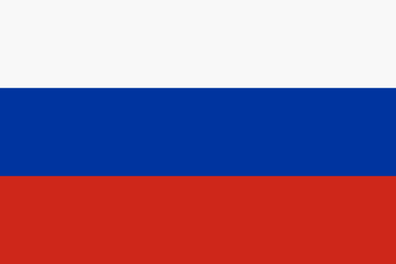Donate to Support Supercluster
Your support makes the Astronaut Database and Launch Tracker possible, and keeps all Supercluster content free.
SUPPORTSupercluster on Patreon
Your support makes the Astronaut Database and Launch Tracker possible, and keeps all Supercluster content free.
SUPPORTThis goes
to space
EKS
The Edinaya Kosmicheskaya Sistema (EKS), meaning Unified Space System, is a series of Russian early-warning satellites that can detect ballistic missile launches and link with Russia's system of early-warning radars to aid in Russian Federation defense in the event of nuclear attack.
The EKS series of satellites would also be instrumental in Russian missile defense and counterattack should the need ever arise.
Up to six EKS satellites have been ordered and to date, four EKS satellites have been launched.
EKS 1 Launched November 17th, 2015
EKS 2 Launched May 25th, 2017
EKS 3 Launched September 26, 2019
EKS 4 May 22nd, 2020
The EKS satellites are placed into Molniya orbits, highly elliptical, or oblong, orbits of 38,552 x 1,626 km inclined 63.37° to the equator.
The name of the orbit comes from the Molniya series of Soviet/Russian civilian communications satellites that first used these orbits beginning in the 1960s.

On this
rocket
Soyuz 2.1b/Fregat
Meet Roscosmos’s 21st-century upgrade of the Soyuz rocket: the Soyuz 2.1b.
One of the most significant advancements in this variant is the completely digital flight control system, a major technological leap for a rocket family originally designed in the 1960s.
Specs
Height: 46.3 m (152 ft)
Diameter: 2.95 m (9 ft 8 in)
Mass: 312,000 kg (688,000 lb)
Stages: 2 or 3
The digital flight control system enhances launch precision and target accuracy, making the Soyuz 2.1b more reliable for a wide range of missions.
Additionally, this variant features an upgraded Blok-I second-stage engine, the RD-0124, which provides improved performance and efficiency over earlier models.
The Soyuz 2.1b was the second of three Soyuz 2 variants to enter service, making its debut launch on December 27, 2006.
Two Names, Two Flags
This rocket flies under two different names, depending on the launch operator:
- Soyuz 2.1b: When launching under Roscosmos from Baikonur or Plesetsk.
- Soyuz ST-B: When sold to Arianespace for European launches. This version includes European modifications, such as a European payload adapter and a European flight termination system.
Image: ESA

From this
launch site
Site No. 43/4 - Plesetsk Cosmodrome, Russian Federation
The Plesetsk Cosmodrome is located 800 km north of Moscow, Russian Federation.
The site was founded in 1957 to support Union of Soviet Socialist Republics ICBM launches of the R7 missile - from which the Soyuz rockets today are derived.
Site 43 consists of two major launch pads. 43/3 and 43/4. Both of which are active today with over 200 and 300 launches respectively.
Plesetsk was not as busy as Baikonur in terms of satellite launches from its founding in 1957 to 2000 due to its location and ability to only launch crafts to Molniya and polar orbits.
With the fall of the Soviet Union and the Baikonur Cosmodrome becoming foreign territory for Russia, Plesetsk has been far more active since the 2000s.
It is primarily used for military and commercial launches to high inclination and polar orbits.
It has been the site of three fatal ground accidents that have killed 58 people.
In 1973, a Cosmos-3M rocket exploded on the launch pad killing 9; in 1980, a Vostok-2M rocket exploded during fueling, killing 48; in 2002, a Soyuz-U rocket exploded killing 1 person.

Here's where to view EKS 5 (Tundra 5)
GET THE SUPERCLUSTER APP
THE SUPERCLUSTER PODCAST
A podcast exploring the amazing milestones that changed space history, the wildest ideas that drive our future, and every development in this new Golden Age of Space.
Donate to support
Your support makes the Astronaut Database and Launch Tracker possible, and keeps all Supercluster content free.
SupportCOPYRIGHT 2021 SUPERCLUSTER LLC
